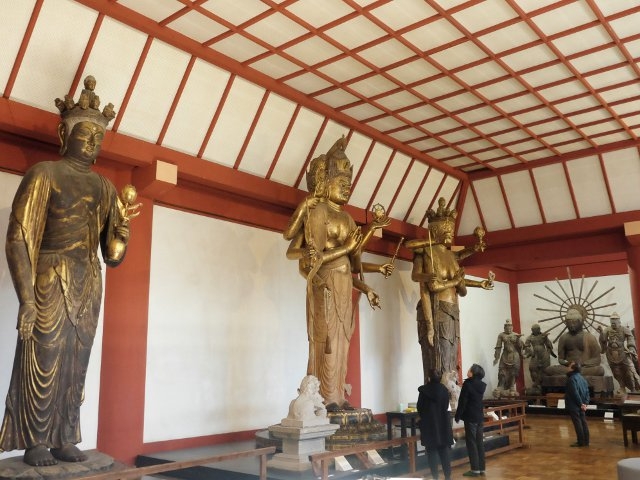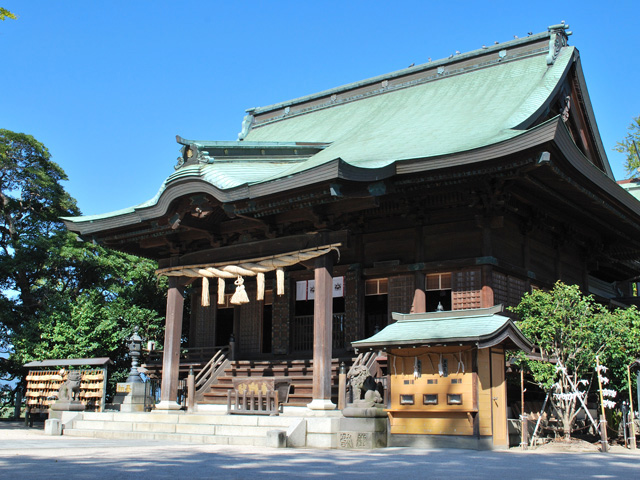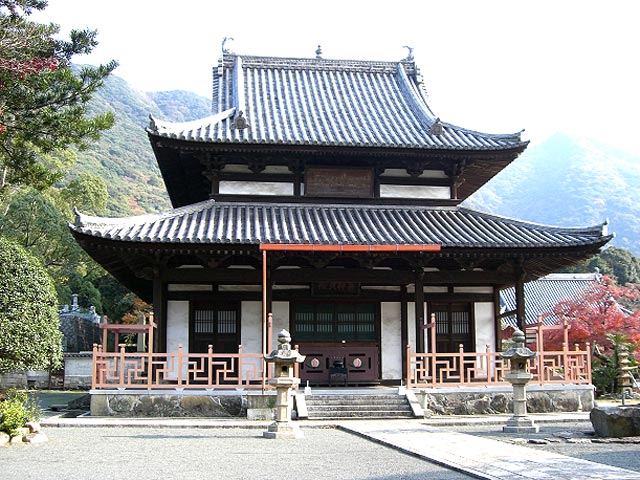
ルートイングランティア太宰府 天然温泉 みかさの湯
太宰府天満宮や九州国立博物館の観光後に立ち寄るのに最適な立地にある、ルートイングランティア太宰府内にある温泉。大浴場、露天風呂、サウナなどのほか、女性に人気の岩盤浴も備える。ランチセットなど、お得なプランも用意されている。
Info
Business Hours
Price
Spot Category

巨像の殿堂
The information provided reflects the details available at the time of the survey.
Please note that facility details may change due to the facility’s circumstances, so please check for the latest information before visiting.
This content has been translated using machine translation.
Information provided by: JTB Publishing
The content uses an automatic translation service, which is not always accurate.
The translated content may be different from the original meaning, so please understand and use it.

太宰府天満宮や九州国立博物館の観光後に立ち寄るのに最適な立地にある、ルートイングランティア太宰府内にある温泉。大浴場、露天風呂、サウナなどのほか、女性に人気の岩盤浴も備える。ランチセットなど、お得なプランも用意されている。

丁寧に手焼きし、しっかり焦げ目をつけた香ばしい梅ケ枝餅と、太宰府ならではのみやげを販売。

筑紫の霊峰宝満山の空気を表した「宝満山」1棹1650円、雪中に凛然と咲く梅の花になぞらえた「梅守」1枚385円、天満宮の神事うそ替えにちなんだ「うその餅」小1箱880円など、筑紫路・太宰府の情緒をたたえる菓子を創業以来変わらぬ手作りで作り続けている菓子処。

A town where temples were collected during the Edo period for the defense of Kurume Castle. It is lined with 17 temples, and still retains the features of the Edo period. In each quaint temple there are tombs of many of the predecessors who were active in Kurume. The most well-known people are King Shishi Takayama Hikokuro, the founder of Kurume mochi, Inoue Den, the founder of Kurume Atsuji, Motozo Sakamoto, and the Western painter Harue Koga.

Sōhō-gū of Suiten-gū, which is located throughout the country. The beginning was that Ise, who served Emperor Andoku's birth mother, Takakura Taira Nakamiya [Azechi no Tsuboune], enshrined the spirit of the Heike, who had perished in the Battle of Nōnoura, to mourn. It is known as the guardian deity of asanis, child-giving, water-relief, and children.

The temple of Obaku sect in a corner of Adachi Forest Park. The feudal lord, Tadamasa Ogasawara, was erected in Kanbun 5 (1665). It was later vanished by military fire and fire of Chōshū Cavalry at the end of the Tokugawa period. The main hall was rebuilt in Kyoho 2 (1717). Kaesando and others were built after the Meiji era. There is a garden behind the main hall, and the Sesshu Garden, which has natural stones in a borrowed view of Mount Ashitate, is a must. Please note that some of the precincts in the direction of the back mountain are unwatchable.
This website uses cookies so that we can provide you with the best user experience possible. Cookie information is stored in your browser and performs functions such as recognising you when you return to our website and helping our team to understand which sections of the website you find most interesting and useful.
Strictly Necessary Cookie should be enabled at all times so that we can save your preferences for cookie settings.
If you disable this cookie, we will not be able to save your preferences. This means that every time you visit this website you will need to enable or disable cookies again.
